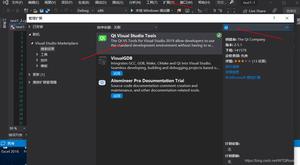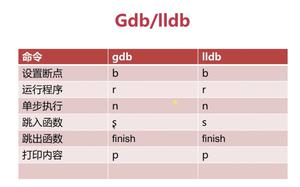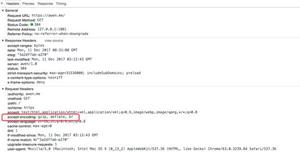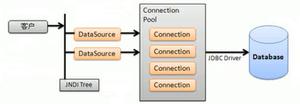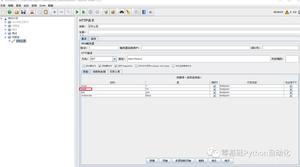Yii 2.0如何使用页面缓存方法示例
前言
本文主要给大家介绍的是关于Yii2.0如何使用页面缓存的相关内容,分享出来供大家参考学习,下面来一起看看详细的介绍。
起初使用页面缓存,发现使用于含有参数的方法存在弊端,只能缓存第一次的页面,导致后面所有不同参数的页面均显示第一次缓存页面;没有生成一个参数页面一个缓存;于是,进行了重写页面缓存。
示例代码
<?php
namespace common\lib;
use Yii;
use yii\caching\Cache;
use yii\di\Instance;
use yii\web\Response;
use yii\filters\PageCache as PCache;
/**
* 重写页面缓存,增加varByParam参数一列
*/
class PageCache extends PCache
{
/**
* 参数设置,默认无参数
* 用法:'varByParam' => Yii::$app->request->get('id')
* @var string
*/
public $varByParam = '';
public function beforeAction($action)
{
if (!$this->enabled) {
return true;
}
$this->cache = Instance::ensure($this->cache, Cache::className());
if (is_array($this->dependency)) {
$this->dependency = Yii::createObject($this->dependency);
}
$properties = [];
foreach (['cache', 'duration', 'dependency', 'variations'] as $name) {
$properties[$name] = $this->$name;
}
$id = $this->varyByRoute ? $action->getUniqueId().$this->varByParam : __CLASS__;
$response = Yii::$app->getResponse();
ob_start();
ob_implicit_flush(false);
if ($this->view->beginCache($id, $properties)) {
$response->on(Response::EVENT_AFTER_SEND, [$this, 'cacheResponse']);
return true;
} else {
$data = $this->cache->get($this->calculateCacheKey());
if (is_array($data)) {
$this->restoreResponse($response, $data);
}
$response->content = ob_get_clean();
return false;
}
}
}
?>
使用:
[
'class' => 'common\lib\PageCache',
'only' => ['view'],
'duration' => 0, //永不过期
'varByParam' => Yii::$app->request->get('id'),
],
总结
以上是 Yii 2.0如何使用页面缓存方法示例 的全部内容, 来源链接: utcz.com/z/349851.html


